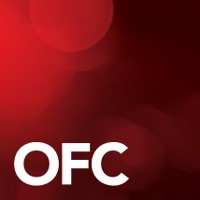Abstract
Flexible architectures for the core of an optical network are increasingly desired to accommodate “on demand” delivery of bandwidth at the lowest cost. This is primarily to cope with the growth and dynamic changes in traffic patterns further compounded by the increased need for intelligent service creation at the edge. Although cost is always an important component, backbone architectures may be further influenced by survivability, traffic mix, maintenance, technology, and network ownership. Recent work1,2 discussed design and restoration issues for the optical layer using photonic cross-connects (PXC) with wavelength division multiplexing (WDM). In particular, electrical processing was pushed to the edge with nodes connected by direct optical paths.
© 2002 Optical Society of America
PDF ArticleMore Like This
Jonathan Weston-Dawkes
ThGG120 Optical Fiber Communication Conference (OFC) 2002
Biswanath Mukherjee, Canhui (Sam) Ou, Hongyue Zhu, Keyao Zhu, Narendra Singhal, and Shun Yao
ThG1 Optical Fiber Communication Conference (OFC) 2004
Rao Lingampalli and Praveen Vengalam
ThP4 Optical Fiber Communication Conference (OFC) 2002

